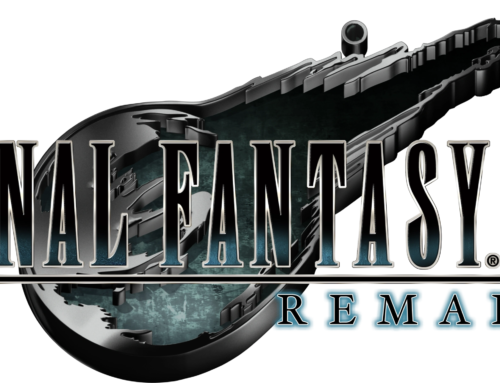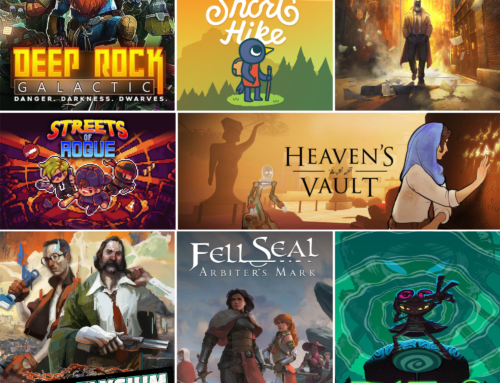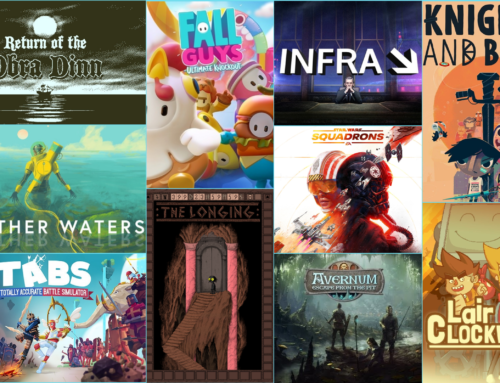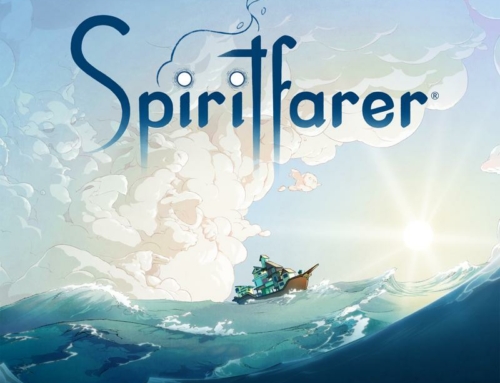I did not expect to take over two weeks to get another real entry here. Sorry for the delay – things are moving ahead on getting a Full Time Job, which will theoretically cut my posting time but in practice shouldn’t much, since I mostly do it on the weekend anyway.
There’s also material. I have half a dozen essays waiting to be written, but they resemble schoolwork enough that I tend to put them off (nevertheless, expect one in the next few days). Often I’ll just want to share thoughts on the current game I’m playing, but right now that game is Final Fantasy X-2, and, well, it’s beyond my skills as a writer to address it. When it first came out I was appalled at the pointless Charlie’sangelization (this is a word now) of Final Fantasy, but coming back to it with a more open mind and taking Final Fantasy in general not very seriously, I can sort of appreciate it. But it’s still opaque; it’s a mishmash of elements and genres that only just barely link together and often don’t at all, and it’s been a long time since I’ve found a protagonist’s actions, dialog, and thoughts so inscrutable (the only conclusion I’ve been able to come to is that Yuna isn’t the brightest crayon in the box). For better or worse, I have no idea what the game’s developers were thinking, and I’m not sure if I really know what I think, so not great fodder for anything other than a ramble.
So I look to the future. The Great Black-And-Gold Hope is Deux Ex: Human Revolution, in my hot little hands in less than two weeks. Expect intensive analysis. But I have another, stranger excitement. I’m really looking forward to playing Front Mission 5. The reason this is peculiar is that
A. Front Mission 5 has been out for over five years, and there’s never been anything to stop me from playing it, except
B. It was never released outside of Japan and I don’t read a lick of Japanese.
Yet I am now seeking a copy, and starting my long-delayed journey that will hopefully end in me playing, understanding, and enjoying this supposed gem.
I want to play Front Mission 5 for two big reasons (I’m big on the binary points today). First, it’s the last numbered Front Mission game (which is to say, not the bastardized spinoff that is Front Mission: Evolved). For those unfamiliar, Front Mission is a strategy-RPG series first released by Square in 1995. Unlike Square’s usual high-fantasy stylings, Front Mission is purely real world, and covers the geopolitical drama and inevitable war between continental superpowers in the 21st and 22nd centuries. These wars are fought with “wanzers,” your typical Giant Robots. In theory. The first of many unusual moves by Front Mission is that these robots are lumbering industrial war machines in the Western model (Battletech/Mechwarrior) rather than the speedy, physics-defying mecha typical of Japanese media.
Front Mission 3 was the first released in the USA back in 2000 (the year of the Summer of Square that marked the studio’s peak). While the third numbered game in the series, it was actually the fifth canonical release. In a sign of things to come, Square had gone whole-hog on pumping out games in the series, with two canonical spinoffs having already been released. They had built up an impressive chronology: while the original Front Mission took place in 2090-2094, the series had gone as far back as 2034 with Front Mission Alternative. This latest release took place in 2112. When I first picked it up, I was an unwitting participant in a history-rich universe that I knew nothing about.
I’ll save the details of Front Mission 3 for another entry; suffice it to say that not only was it a mechanically competent strategy game, but its narrative was unusual; in its bulk, its slow development, and its overwhelming complexity. One of the necessary weaknesses of most fantasy is that the world they create is ultimately much more simplistic than the one we inhabit, specifically when it comes to politics. By extrapolating real-world complexity into the future, FM3 was able to craft a global web of intrigue that was as compelling as it was confusing. If it had any flaw, it’s that the game’s tone was far too dry; but this was such a contrast from the typical hypoenergtic fantasy of other Square products that it actually increased my interest. So I enjoyed it, even when I couldn’t get the entire context; because not only had there been other games but much manga and even a live-action film.
Front Mission 4 was released in the USA in 2004, and while underrated by critics wasn’t a huge leap forward for the series, and narratively was much more simplistic than its predescessor. It sold poorly, helped in no small part by a complete lack of marketing; this was only the latest event in Square’s international mismanagement of the series, extensively chronicled here. The capstone to this was the failure to release Front Mission 5 in the states.
I wouldn’t have cared much, except it seems that FM5 was quite possibly the greatest strategy RPG since Final Fantasy Tactics. Like Square’s flagship series, Front Mission didn’t so much grow as it did swap out features; a new title might get a re-worked battle system but reduced RPG elements. Front Mission 5, released on the series tenth anniversary, had the ambition to incorporate all of the features of the previous titles into a polished whole. It sounds like a deep but refined system, and I look forward to giving it a spin.
But that’s not the main draw for me. Front Mission 5’s “anniversary celebration” didn’t stop at the mechanics: it aimed to incorporated all of the series story arcs, too. Which is INSANE. By this point the canonical series contained:
*Five strategy RPGs (the entries numbered 1-4, plus Front Mission 2089, a mobile game)
*Two spin-off games (a 1997 RTs and a recent 2005 MMOFPS)
*One multi-volume manga series and two one-offs
*Three novels
*One film
Front Mission 5 would start in and follow an original core set of characters from 2070 to 2121. Along the way, they’d encounter the main characters from all six numbered Front Mission games (plus Front Mission 2089-II, which was released shortly after FM5), and in doing so the game would attempt to tie up every unresolved plot thread from the previous six games. In short, Square had set out to make a true epic, a narrative approach that’s surprisingly rare in gaming and never before tried with this scope.
Of course, the downside is that to “fully get” the story, the player would have had to play all seven of the games covered; meaning that gamers outside of Japan would have been plum out of luck. I believe that this, more than anything, was behind Square’s decision not to release the game in the states.
But even knowing that I’ll miss a lot (I’ve played three of these games, finished two, and have fuzzy memories of all), I’m so intrigued by this approach that I want to play it regardless.
The good news is some dedicated fans have translated Front Mission 5 in its entirety, and released a translation patch in 2009. If this were a PC I’d fire just patch it and be on my merry way, but in the closed source world of consoles, it’s not that simple. The easiest system is to use a non-invasive PS2 mod and a “swap disc” called Swap Magic. Difficult? No. But it sets one back about $35 plus shipping, and the patching process is a little bit of a pain. Combined with the cost of the game you’re looking at $60 and a lot of time. So until now I’ve put it off; that’s some real dough for a game I’m bound not to understand.
But my curiosity is now overwhelming; once I get the game I’ll start the modding process, let you guys know how that goes down the road. I’m looking forward to it. And, in the meantime, I can watch this massive, seven-part YouTube series presenting an animated synopsis of the series’ plot. Apparently this was produced because a through text synopsis would end up at about 1000 pages (which no one would want to read). The dedication of fans never ceases to impress me.




Hi,
Nice posting you’ve got there! It’s always nice to read up on something Front Mission related.
I’d just like to point out that instead of crediting Square, you should be crediting Toshiro Tsuchida and G-Craft. Tsuchida is the visionary behind Front Mission, and G-Craft is actually the developers of Front Mission. Even after Square had bought them out, the team who made up G-Craft stayed on-board until Front Mission was “finished” many years later.
Thanks for the info! I’ll be sure to update the post.
(and, incidentally, I’ll be doing an upcoming entry on Front Mission 3’s virtual internet vs. GTAIV’s stab at the same thing).